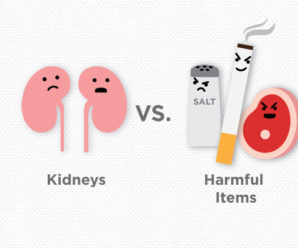
The CDC defines disparities in health as, “preventable differences in the burden of disease, injury, violence, or opportunities to achieve optimal health that are experienced by socially disadvantaged populations.” This means that certain group identifiers – like gender, geographic location, race, age, education level, income, sexual orientation and disability – may be associated with worse health outcomes in specific instances.
Specific examples
Rural communities tend to have less access to health care than urban populations. As another example, the CDC reports, “Overall, individuals with less education are more likely to experience a number of health risks, such as obesity, substance abuse, and intentional and unintentional injury, compared with individuals with more education.” And there are countless other examples of specific groups suffering from specific health disparities.
Mental health disparities and the pandemic
One area where disparities in care became glaring during the pandemic was in mental health. Across the country, Americans are finding it more difficult to access mental health services in light of the pandemic. This effect is especially hard felt in rural communities.
“When I think about some of the potential barriers to accessing mental health services that perpetuate the disparities, there are a lot of economic barriers, for instance lack of insurance,” said Kelsie-Marie Offenwanger, child and adolescent psychologist at Marshfield Clinic Health System. “Many families were hit very hard during the pandemic, often with job loss and shifting roles at home, perhaps with loss of child care services. All these socioeconomic factors have a bearing on your health.”
Offenwanger added that many women and men who took on extra caretaking roles during the pandemic neglected their own care and needs during this time. In addition, children with special needs that had met with trained professionals at school may no longer have had access to that support during the pandemic.
How health care providers help
“It really starts with being able to take time as a provider to get to know your patients and families and what their specific barriers may be,” Offenwanger said. “Especially with mental health care, there can be stigma around asking for help. By listening to patients and families, you build trust, which allows them to be more willing to share their challenges.”
Offenwanger added that Marshfield Clinic Health System works to address disparities by taking a multifaceted approach to patient and community health. Disparities are addressed not only by providers, but also through the Health System’s community resources teams, community-based partnerships and medical research.
If you’re interested in learning more about Marshfield Clinic Health System’s work to address health disparities, you can explore the Center for Community Health Advancement’s website.







Leave a Reply